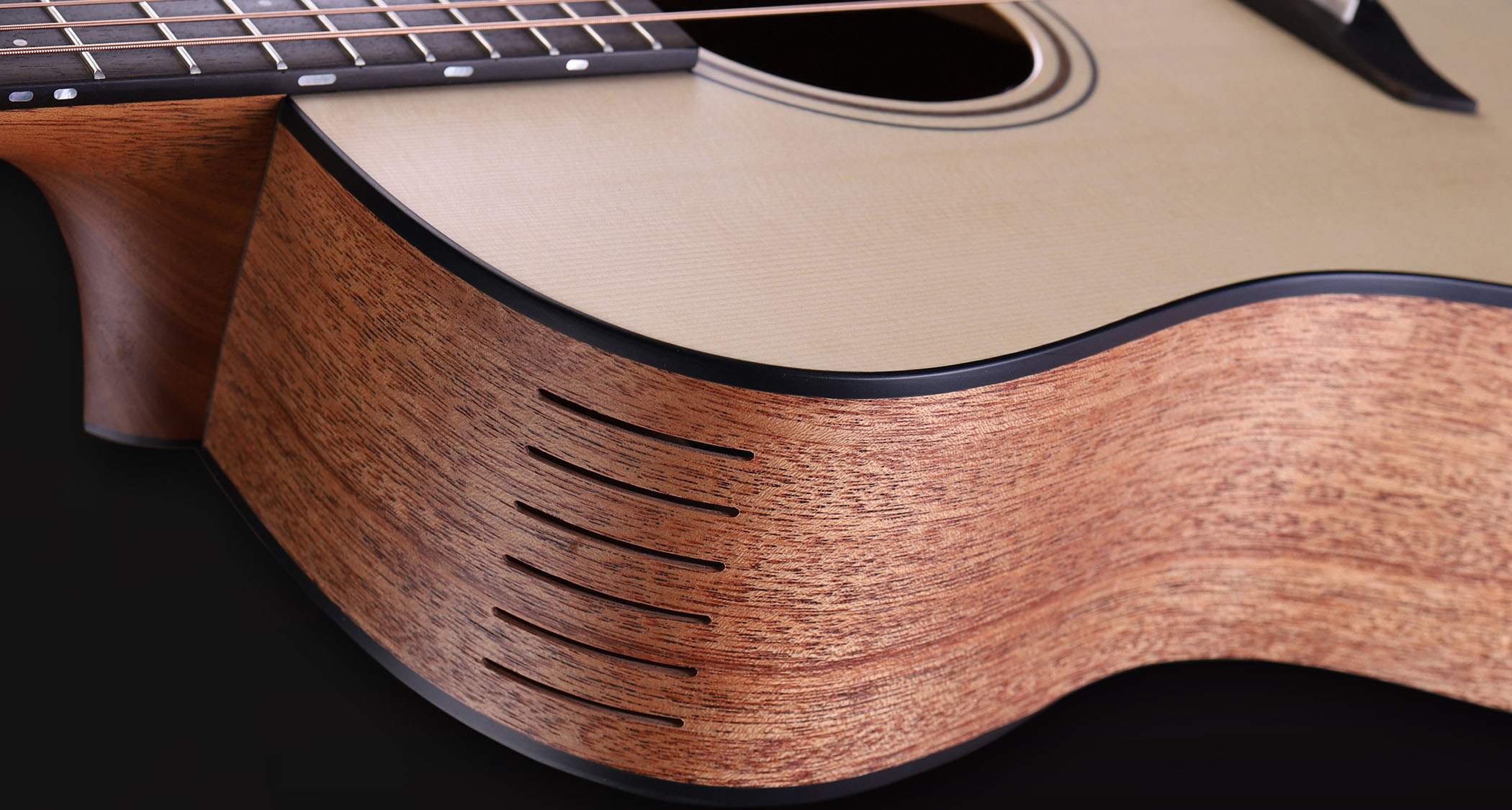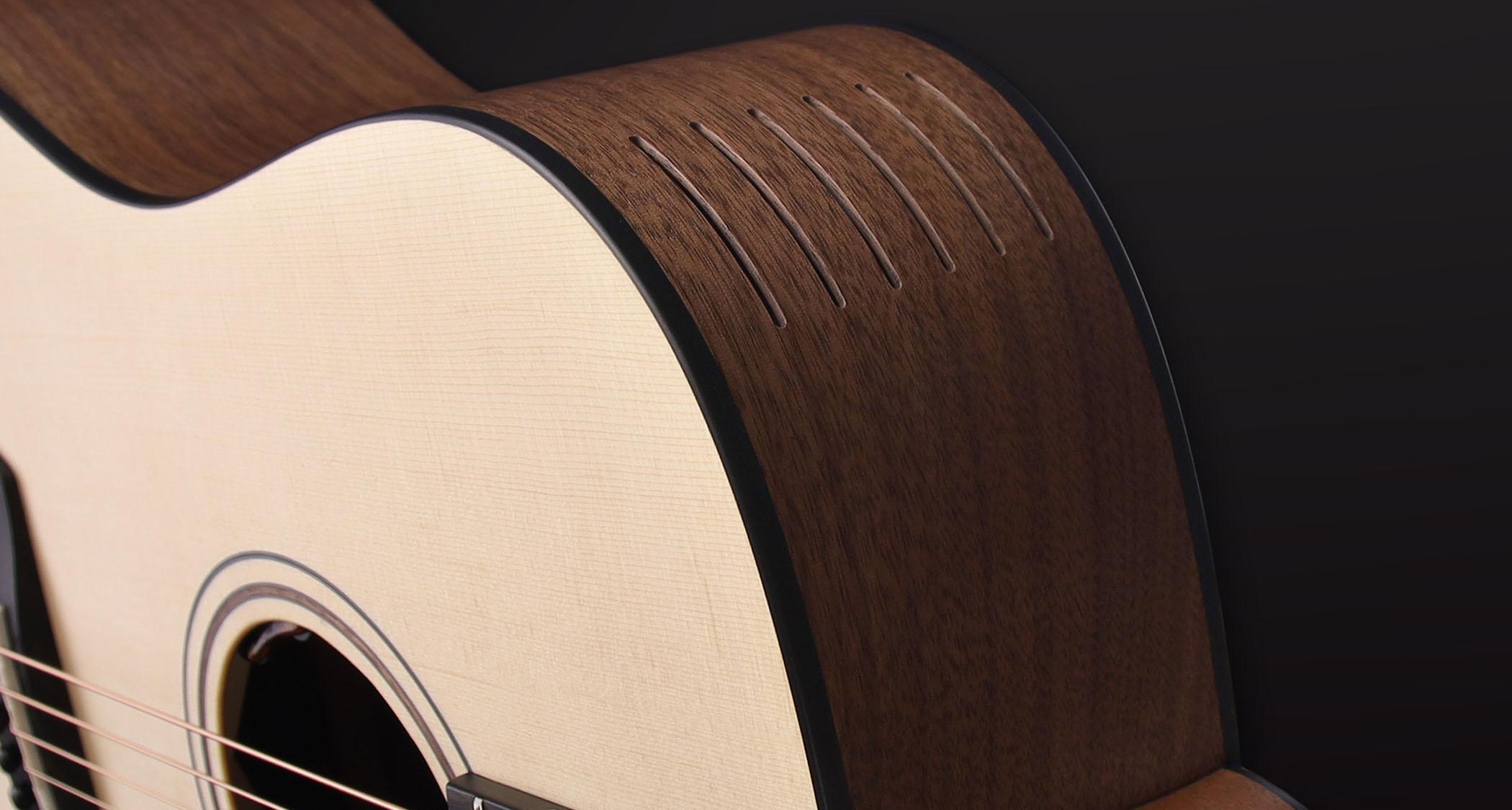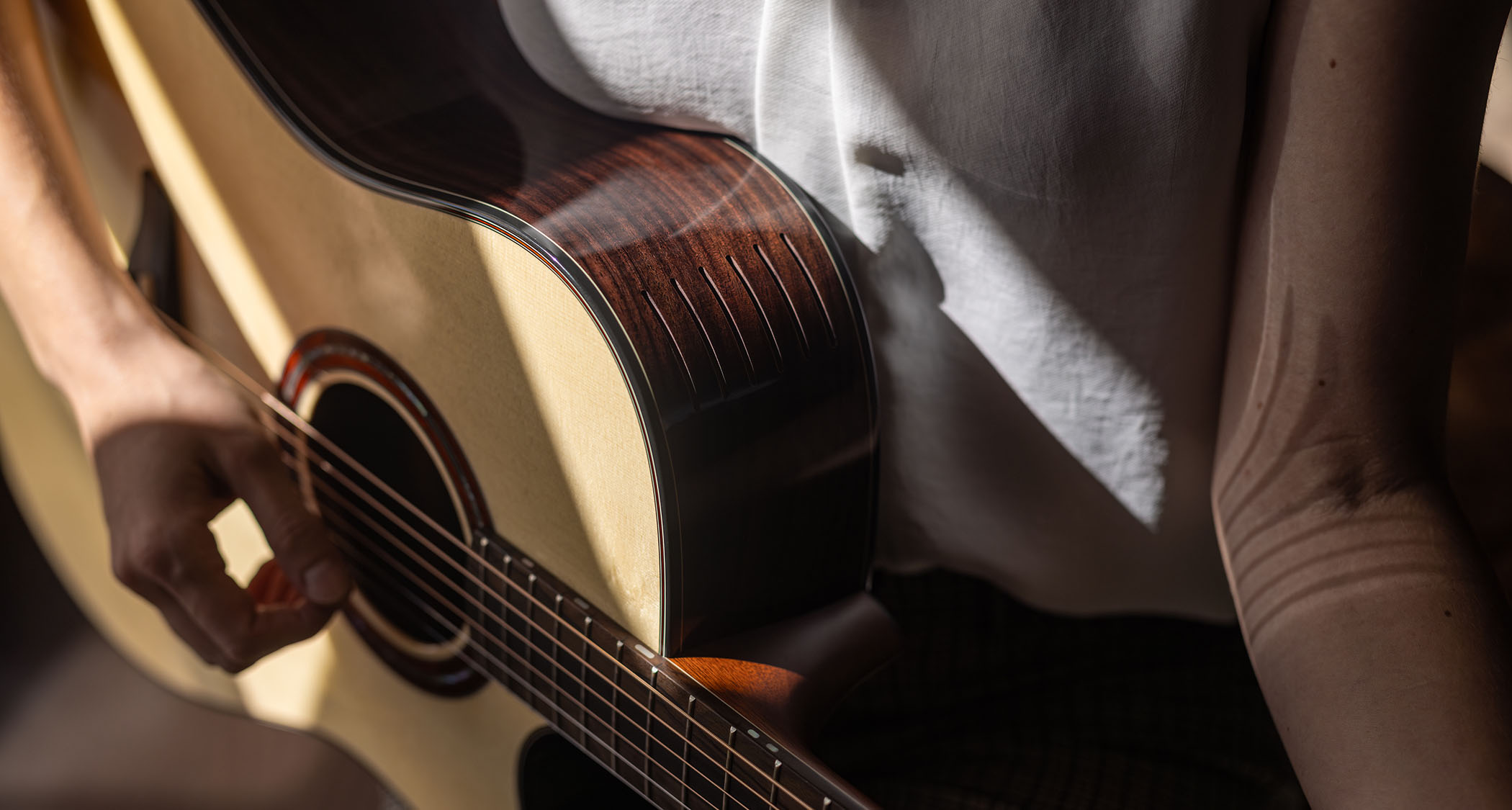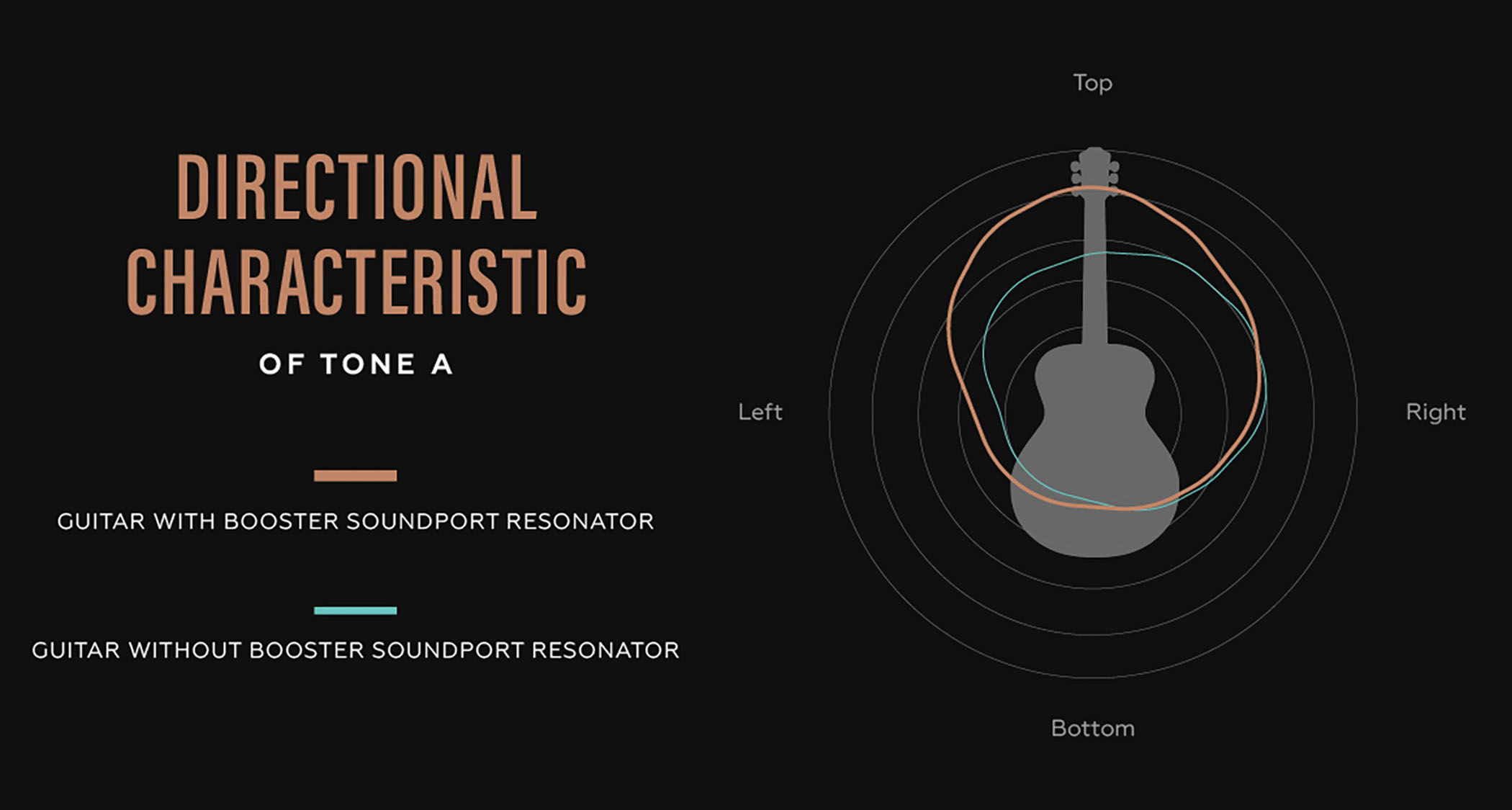“It’s not just about louder sound – it’s about achieving a more responsive, resonant instrument that truly comes to life in your hands”: Furch unveils the Booster Soundport, a player-facing “resonator” to transform acoustic performance
Can six linear holes on the top-side of an acoustic enhance its tone, volume and your playing experience? Petr Furch believes so, promising “clearer, louder, and more resonant sound” via the Booster Soundport

Furch Guitars has become the latest guitar company to innovate with the design of the soundhole and its positioning, unveiling the player-facing Booster Soundport, which promises not only a louder acoustic guitar but one that’s more responsive and resonant.
To the naked eye, the Booster Soundport is a subtle modification. From a distance you might not even notice that six linear holes have been precision-carved on the top of the guitar. But in practice it is quite radical, with Petr Furch, CEO of Furch Guitars, promising a “new dimension to the playing experience”.
“It’s not just about louder sound – it’s about achieving a more responsive, resonant instrument that truly comes to life in your hands,” he says. “Whether you’re writing music, performing, or playing for yourself, the Booster Soundport ensures that the sound reaches your ears as clearly and richly as it does for your audience.”
“It brings that improved sound closer to your ears in a more accurate form. It’s ideal for anyone who wants to get the most out of their guitar, whether performing for an audience or playing for personal enjoyment.”
Furch’s rationale makes us think of Gibson’s Player Port, which made its debut on the brand’s Montana-built Generation Collection, and offered today’s player a refined version of a player-facing soundhole that dated back to 1964. Cort is another brand that has experimented with player-facing soundports. But Furch's design and how it arrived at it is quite different.
Furch and his team began by comparing the company’s dreadnoughts with its smaller-bodied models, such as the Little Jane and its OM range. The smaller instruments punched above their weight. “When I examined our dreadnoughts, despite their volume and rich low-end, I realised there was more untapped potential to unlock – not just in our guitars, but in all dreadnoughts in general,” says Furch.


The R&D team tried increasing the size of the soundhole. As they did, they noticed improvements in the acoustic’s performance, and yet still something was not right. For a start, those earlier experiments just didn’t look right.
Want all the hottest music and gear news, reviews, deals, features and more, direct to your inbox? Sign up here.
“As fans of traditional acoustic guitar design, we were reluctant to compromise the guitar’s structure and aesthetics with an oversized soundhole,” says Furch.
A fresh approach was needed. That’s when they came upon the Booster Soundport's linear openings.

“The additional soundhole circumference is distributed across these six openings, preserving both the guitar’s acoustic benefits and its structural integrity,” explains Furch. “Additionally, the soundport is reinforced with a fibreglass under-layer, providing superior structural stability and ensuring long-lasting durability.”
The steel-string acoustic guitar has taken some big evolutionary leaps in recent years. Fender’s Acoustasonic series has blurred the line between acoustic and electric guitar, while Martin’s SC range brings electric playability to the party. Yamaha just recently launched its TransAcoustic TG 3, a cutaway dreadnought with onboard reverb, delay, chorus, looper, all playing through the soundhole – plus Bluetooth connectivity that allows players to stream audio through the guitar.

So, all things considered, Furch’s Booster Soundport is unlikely to upset the purists. But if Furch and his team’s calculations are correct – with this design delivering an extra 1.4dB on average across the entire audible frequency range, a 24 per cent increase in the upper-mids, and 16 per cent more volume directed towards the player – then it could present players with a transformative acoustic experience, and your audience will be none the wiser.
At present, Furch Guitars offers the Booster Soundport on two models in its Blue Performance series, with plans to roll out the new design across a full range of models in the future. For more details, head over to Furch Guitars.
Jonathan Horsley has been writing about guitars and guitar culture since 2005, playing them since 1990, and regularly contributes to MusicRadar, Total Guitar and Guitar World. He uses Jazz III nylon picks, 10s during the week, 9s at the weekend, and shamefully still struggles with rhythm figure one of Van Halen’s Panama.

